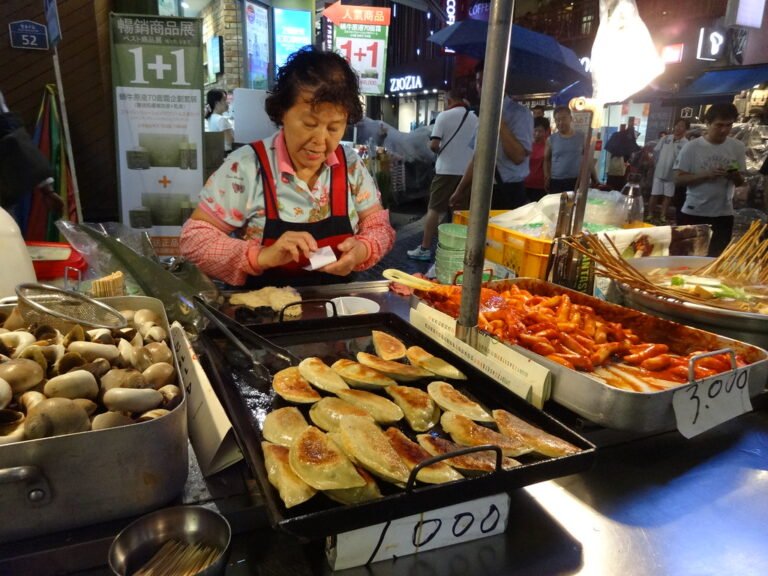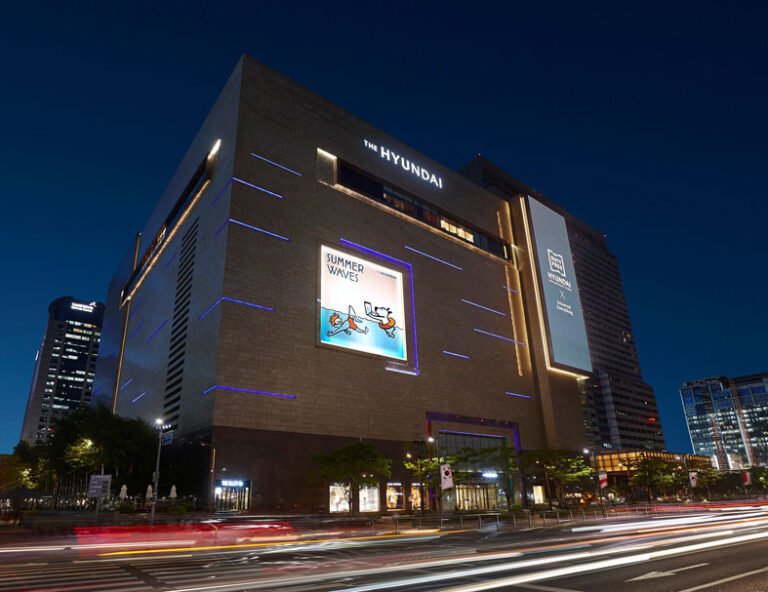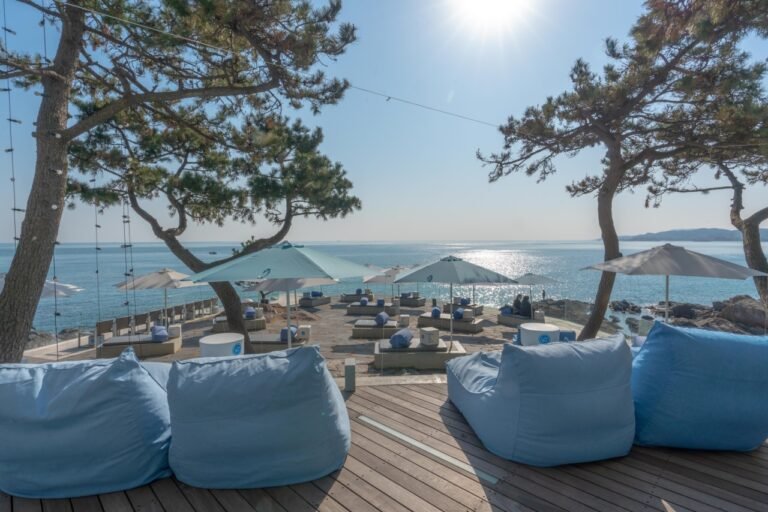Seoul Traditional Market (Everything You Need to Know)

Ready to enjoy the wonders Seoul Traditional Market?
Hi, it’s Gazi. I have been living in Korea since September 2023. I love to explore Korean culture as well.
Imagine stepping into a lively, vibrant world brimming with the sights, sounds, and aromas of authentic Korean culture—that’s the experience of visiting a traditional market in Seoul.
For many first-time visitors to Korea, these markets can feel overwhelming due to the array of unfamiliar sensory experiences.
As a result, some may choose to skip the markets entirely, missing out on a crucial aspect of Korean culture and cuisine.
However, with the right guidance and information, exploring Seoul’s traditional markets can become an unforgettable and enriching adventure.
This comprehensive guide offers valuable insights, insider tips, and details about Seoul’s famous markets, equipping you with the knowledge to fully immerse yourself in Korean culture and enjoy its authentic cuisine.
Table of Contents
ToggleMyeongdong Market
Myeongdong Market is one of South Korea’s top shopping districts, offering a mix of department stores, shopping malls, independent shops, and a wide selection of trendy restaurants and cafes. Among the popular shopping spots are Lotte Department Store, Lotte Young Plaza, and Noon Square Shopping Mall. M Plaza is another highlight, featuring the Seoul Culture and Tourism Centre along with a performance hall where you can enjoy live concerts and cultural events.
Myeongdong is a haven for shopping enthusiasts, particularly those interested in skincare and cosmetics, with over 1,000 Korean brands like Nature Republic, Etude House, The Face Shop, Missha, and Skinfood.
But Myeongdong Market isn’t just about fashion; it’s also a fantastic place to experience traditional Korean cuisine. Street stalls abound, offering delights such as fish cakes, tteokbokki (spicy rice cakes), Korean spicy fried chicken, and bulgogi (grilled beef sirloin). For the adventurous eater, soondae—Korean blood sausage filled with bean curd, soy bean sprouts, green onions, starch noodles, and mushrooms—is a must-try.
In addition to shopping and dining, Myeongdong Market is rich in sightseeing opportunities. You can visit the gothic-style Myeongdong Catholic Cathedral or explore Namdaemun Market, a traditional street market that has been around for over 600 years. Another must-see is Myeongdong Theatre, the first venue in Korea to host the globally-renowned Nanta play, a comedic, non-verbal performance that uses the rhythms of Korean percussion.
Easily accessible via the Seoul subway system, Myeongdong Market’s blend of historical significance, tourist attractions, and premier shopping makes it an iconic destination in Seoul.
Gwangjang Market (광장시장)
Location: Jongno-gu
Highlights: Gwangjang Market is one of Seoul’s oldest and most famous markets, known for its lively atmosphere and extensive food stalls. It is especially famous for its street food, such as bindaetteok (mung bean pancakes), mayak gimbap (mini seaweed rice rolls), and tteokbokki (spicy rice cakes). The market also sells textiles, traditional Korean clothing (hanbok), and bedding.
History: Established in 1905, Gwangjang Market has a long history and has been a significant part of Seoul’s commercial life for over a century.
Namdaemun Market (남대문시장)
Location: Jung-gu
Highlights: Namdaemun Market is one of the largest and oldest traditional markets in Korea, dating back to the 15th century. It offers a vast array of goods, including clothing, accessories, toys, stationery, and household items. The market is also known for its wholesale prices. Food stalls serving Korean street food and snacks, like hotteok (sweet pancakes) and galchi jorim (braised cutlassfish), are popular among locals and tourists alike.
Specialty: The market is particularly famous for its range of children’s clothing, and you can find many shops specializing in baby and kids’ wear.
Dongdaemun Market (동대문시장)
Location: Jongno-gu
Highlights: Dongdaemun Market is a major shopping district and one of the largest wholesale and retail shopping areas in Seoul. It is renowned for its vast selection of fashion items, including clothing, shoes, and accessories, at competitive prices. The market is also known for its night shopping, with many stores open 24/7. Dongdaemun Design Plaza (DDP), a modern cultural hub, is located nearby and adds a contemporary flair to the area.
History: Established in 1905, the market has grown into a sprawling shopping district, integrating both traditional market elements and modern shopping complexes.
Tongin Market (통인시장)
Location: Jongno-gu
Highlights: Tongin Market is a smaller, less touristy market known for its unique “Dosirak Café” experience. Visitors can purchase a set of brass coins and use them to buy various dishes from different stalls to create their own custom lunchbox, or dosirak. The market specializes in a variety of traditional Korean dishes, including jeon (savory pancakes), tteokbokki, and banchan (side dishes).
History: Founded in 1941 during the Japanese occupation, Tongin Market has maintained its traditional charm while adapting to modern times.
Noryangjin Fisheries Wholesale Market (노량진수산시장)
Location: Dongjak-gu
Highlights: This market is Seoul’s largest and most famous seafood market, where visitors can find an incredible variety of fresh fish, shellfish, and other seafood. A unique experience at Noryangjin is buying fresh seafood and having it prepared on-site at one of the nearby restaurants. The market is particularly popular for its live octopus (sannakji) and raw fish (hoe).
History: Opened in 1927, Noryangjin has long been the center of Seoul’s seafood trade and remains a vital part of the city’s food supply chain.
Mangwon Market (망원시장)
Location: Mapo-gu
Highlights: Mangwon Market is a local favorite, offering a wide range of fresh produce, meats, seafood, and Korean snacks at reasonable prices. The market is known for its friendly neighborhood vibe and is less touristy compared to larger markets. It’s an excellent place to sample Korean street food, including hotteok, odeng (fish cake skewers), and tteokbokki.
Specialty: Mangwon Market is particularly known for its diverse selection of banchan and fresh ingredients, making it popular with home cooks.
Bukchon Traditional Craft Market (북촌공예시장)
Location: Jongno-gu
Highlights: Unlike the food-oriented markets, Bukchon Traditional Craft Market focuses on traditional Korean crafts and handmade goods. Visitors can find pottery, jewelry, textiles, and other artisanal items that reflect Korea’s rich cultural heritage. The market is located in the Bukchon Hanok Village, which is known for its well-preserved traditional Korean houses (hanok).
Experience: The market offers workshops where visitors can learn traditional Korean crafts such as pottery making, embroidery, and knot tying.
Joining me for latest travel news, offers, and events
Stay connected on Instagram

